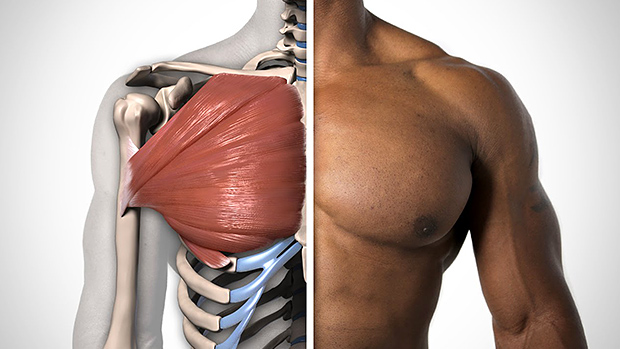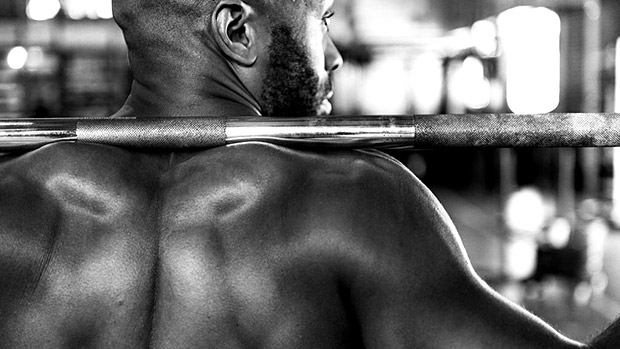The Partner Pec Stretch Sucks

If you've never had your training partner grab your arms and drive them upward behind your body in a painful but strangely intimate way, you can't consider yourself a meathead. It's the pec stretch you'll see most on bench day.
This manual stretch takes the cake for being the most butchered. If you're doing this to improve your shoulder mobility, or to rid your wings of that gnarly front-sided shoulder pain, you may be setting yourself up for injury.
This stretch is potentially injurious for many reasons. First, a manual stretch like this needs to be executed with the utmost caution due to its passive nature and the direction of stress. Many times, it's not. Someone else – who's not a professional in manual stretching – is doing it to you.
And it doesn't just stop with your bros. Misinformed trainers and coaches shouldn't be going to town on manual stretching either. Don't trust the guy with a basic personal training certification to force your joints into risky positions.
Why It Sucks
The shoulders are forced into a position that poses huge potential problems. If the goal is to stretch the pecs, it's important that you take into account both the primary and secondary actions of the pec so you can achieve an authentic stretch to terminal end range without pissing off the periphery.
When doing it, your pecs can be taken to full stretch with a combination of shoulder horizontal abduction, elevation, and external rotation. The partner-forced pec stretch absolutely targets horizontal abduction, no argument there. The problem arises when the shoulders fall into internal rotation and extension. This creates some nasty joint stress through the front side of the shoulder.
In this position, the muscular fibers of the pec lose the ability to be targeted directly with end range stretch, and the anterior structures of the shoulders – mainly the capsule – will get the head of the humerus jammed into it. This position is great if your goal is to irritate weak spots and elicit pain.
Finally, this partner-forced pec stretch begs the question: should you even be stretching your shoulder if it's in pain? While lifters love the idea of stretching yourself back to pain-free training, that's usually not how it works.
Do This Instead: Dynamic Oscillatory Pec Stretch
The risk-benefit ratio for end-range passive stretching of the shoulder doesn't usually add up, so that's why I depend on dynamic oscillatory stretching for the pecs. These are meant to be done with a specific setup, perfect execution, and caution.
Please, tell your training buddy to stay the hell away from you the next time he wants to stretch your pecs.





